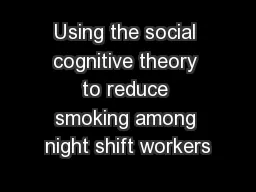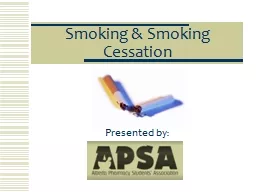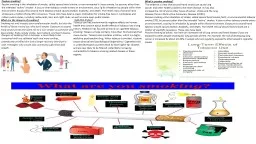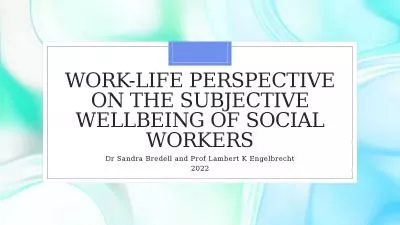PPT-Using the social cognitive theory to reduce smoking among night shift workers
Author : luanne-stotts | Published Date : 2018-03-17
Presented by Allison Erickson MPH 515 Principles of Health Behavior Basic information about smoking N umber one leading cause of preventable death in the United
Presentation Embed Code
Download Presentation
Download Presentation The PPT/PDF document "Using the social cognitive theory to red..." is the property of its rightful owner. Permission is granted to download and print the materials on this website for personal, non-commercial use only, and to display it on your personal computer provided you do not modify the materials and that you retain all copyright notices contained in the materials. By downloading content from our website, you accept the terms of this agreement.
Using the social cognitive theory to reduce smoking among night shift workers: Transcript
Download Rules Of Document
"Using the social cognitive theory to reduce smoking among night shift workers"The content belongs to its owner. You may download and print it for personal use, without modification, and keep all copyright notices. By downloading, you agree to these terms.
Related Documents














